Around the dome
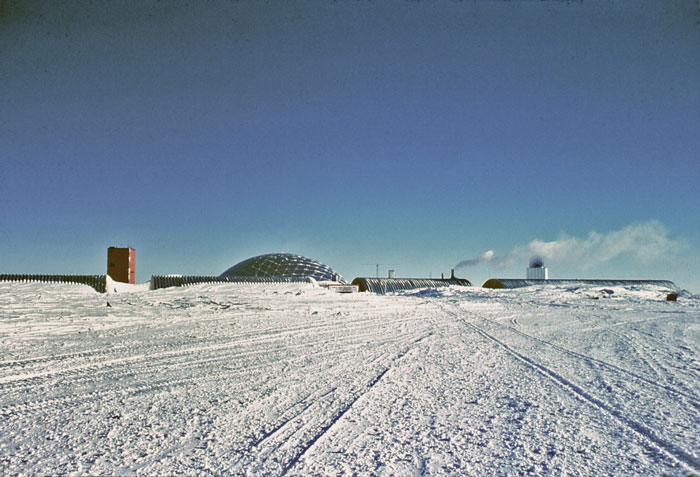 Okay, we'll start out in front of the dome. Yeah, I know everyone took these photos...but I did too. 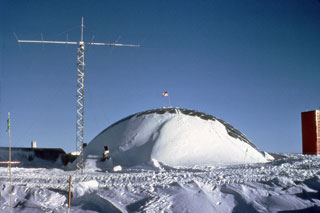 Next, a look at the back side of the dome, undrifted and unmarred by the sewage outfalls and other extraneous obstacles that would appear later.
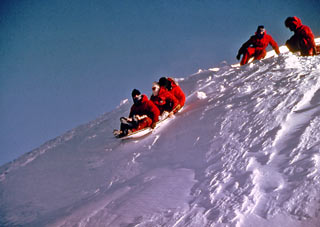 A good place to do this (although we weren't supposed to). 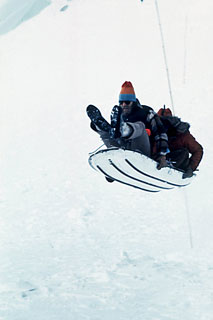
Go Gary! 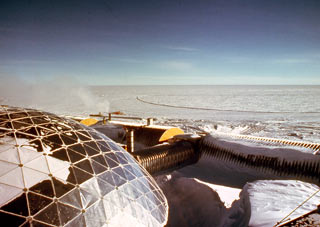
Here's the top of the dome and the taxiway as seen from the roof of Skylab. 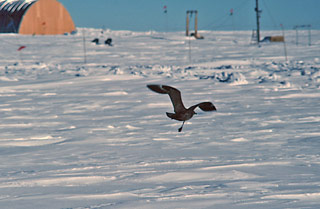
I didn't see this guy, but his visit was well documented by Marshall and others. Behind the skua are the instrument mounts and winch structure above old (buried) Clean Air, and the end of the fuel arch. I have no idea how these skuas make it this far--of course they're doomed to die because there is no way they can make it back to their normal feeding and nesting areas near the water. Skua sightings at Pole are not all that uncommon--I saw them two years in a row during the 80's. 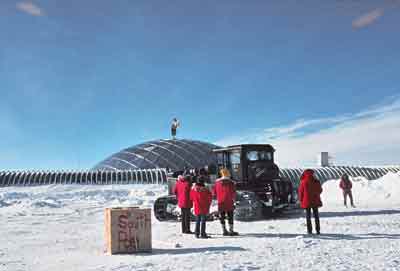
The black D8 makes an appearance in front of the dome. We had two of these ancient behemoths, one of which had arrived overland from the coast via Byrd Station. This one was a replacement for one of those that was lost in a garage fire in the 1960's...it was delivered in pieces and reassembled. It wasn't too useful to us, as it did not have a blade, and one of the steering clutches didn't steer. Santa Claus is on top of the dome (presumably discovering that there isn't a chimney up there, and now trying to figure out how to survive the jump through one of the five holes). 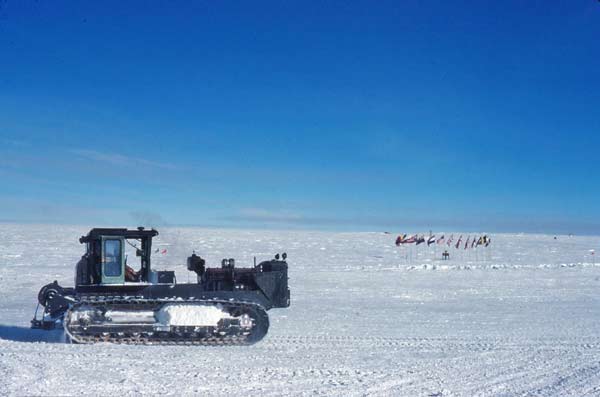 Another great view of the black D8 looking the other way. It's a very clear day, so Old Pole is clearly visible in the distance. And now I'm wondering when this photo was taken, as an astute observer will note that there is NO glass ball atop the Ceremonial Pole. And in case anyone is interested, here's the full size view (8mb). 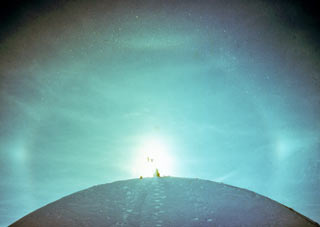
A spectacular sun dog display photographed over the dome (by someone else, not me). Sun dogs are somewhat related to rainbows in that they are caused by refraction of sunlight, but by ice crystals instead of liquid water. 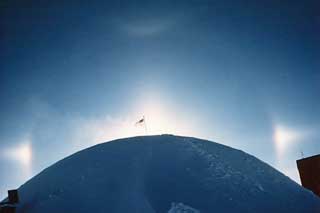 Another neat sun dog picture by Tadashi Yogi. Some folks were at the right place at the right time... 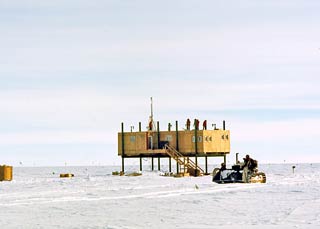
Putting the finishing touches on the new Clean Air Facility, installing sampling stacks and other instrumentation on the roof. 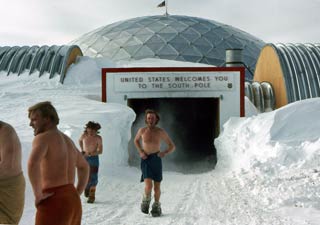 The summer folks decided to do a "200 club" since they wouldn't be around for the real thing. Oh by the way, this happened to coincide with a visit from the news media including a TV crew... 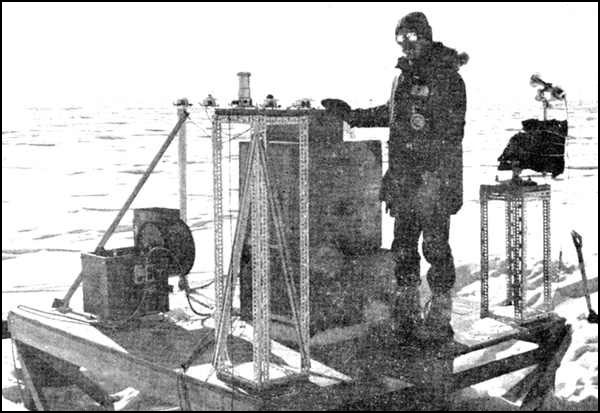
Here's Brad on one of the NOAA instrument platforms near old CAF in December 1976. NOAA had been measuring ozone levels using instruments in CAF (not these) since 1974, and at Old Pole since about 1962, In 1976 no one had any idea that someday there would be an "ozone hole." After BAS scientists noticed it in the austral spring of 1985, a review of NASA satellite data, as well as the NOAA records, confirmed that the lack of ozone had developed over the years. The satellite data had previously been ignored as being "insignificant." Hindsight review was able to indicate that the first noticeable decline in ozone layers occurred in 1976...NY Times photo by Walter Sullivan. 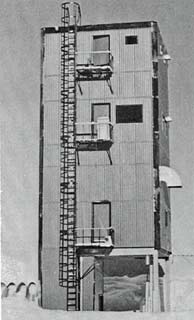
A good view of the back side of Skylab. Somewhere like back here was where I wanted to run to as the opening flight landed since you can't see the taxiway from here! Anyway, during the winter the fire escape doors were very useful as they still are today. [This November 1978 Navy photo by PHAN Dana Babin was in the Antarctic Journal, Vol. XV #3, September 1980, p. 17] 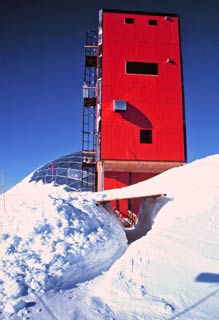 Right, the exit from skylab to the science field. This picture by NOAA guy John Bortniak is here in the NOAA photo library and was taken in December 1978, a year after we left. The drifting got bad quickly after we left, it could have been dealt with for a few years with the tractors, but this area could not be landscaped because of the many power and data cables strung out on the surface. Newer Polies, notice in these photos that the CUSP lab...isn't. 
Another 12/78 NOAA picture by John Bortniak, showing the walk back through the skylab arch to the dome. 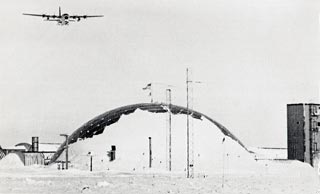 This view of the back side of the station came from the VXE-6 76-77 cruisebook. |